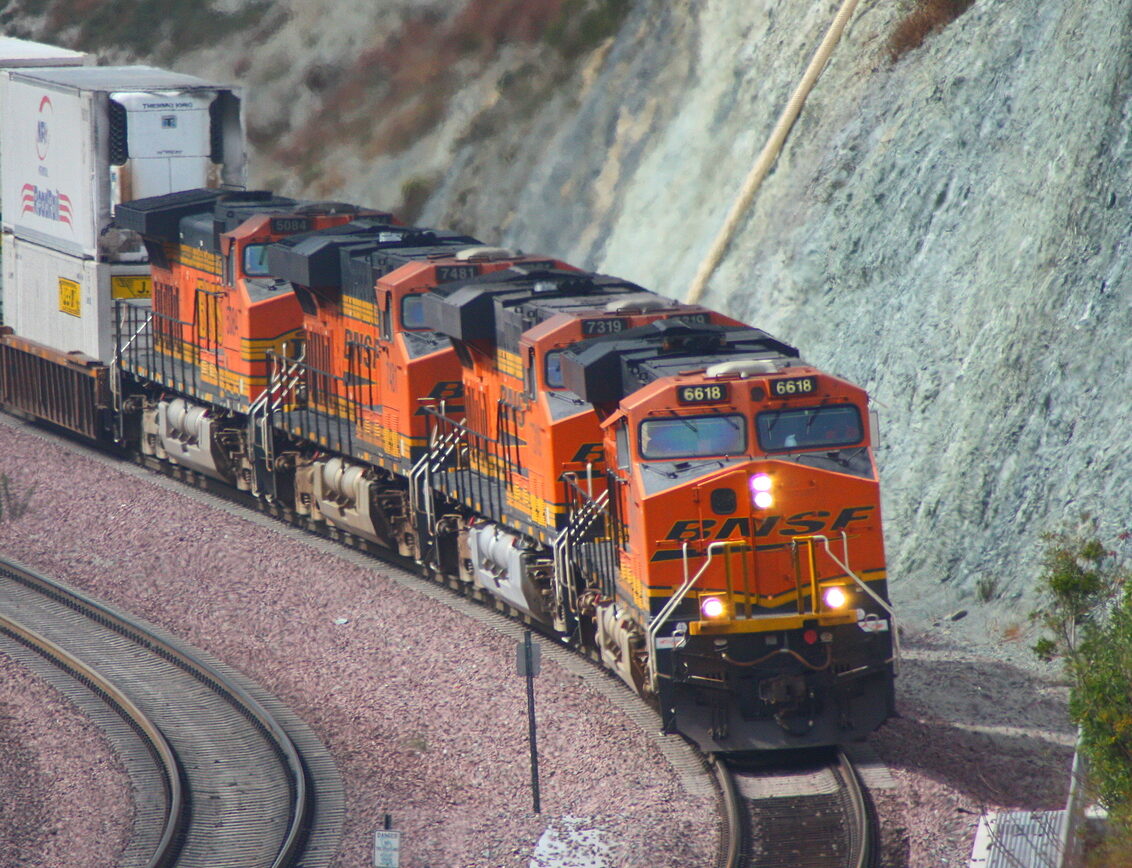A strong rail network is not Wall Street’s victory; it’s Main Street’s insurance policy. The proposed merger between Union Pacific (UP) and Norfolk Southern (NS) is an opportunity to rebuild and reconnect America’s supply chain, linking family-owned businesses across the nation.
The UP-NS merger will result in a seamless, coast-to-coast rail system that allows for a smoother way to keep America moving. A unified rail corridor from the Atlantic to the Pacific will undoubtedly reshape supply chain logistics, connecting America’s Heartland to new ports, industrial hubs, and consumers. This is exactly the modernization that America and our economy needs – greater efficiency, reliability, and connectivity.
Farming and manufacturing – the twin backbones of the American economy – stand to gain the most from the merger. Railroads already move 1.6 million carloads of grain, 1.7 million carloads of food, and over 60,000 carloads weekly. Rail is already crucial to our national food security, moving essential products like wheat, soybeans, corn, and animal feed. A more efficient rail network will make these shipments faster, cheaper and more dependable – key for keeping rural America competitive in global markets.
Rail also underpins construction and manufacturing. Each year, freight rail moves over 2 million carloads of construction materials each year. This encompasses a variety of building materials, including steel, stone, plastics, and wood products. These materials end up on sites where developers build hospitals, schools, homes, and skyscrapers. They end up in manufacturing plants, helping to further America’s domestic output. A stronger network supports not just infrastructure, but the communities that depend on it.
With America’s heavy reliance on these two industries, efficiency is a necessity in the modern era of the supply chain. The combination of UP and NS will help to create logistical efficiency that will promote coast-to-coast shipment. Current rail operations face interchange delays, which lead to increased costs, missed delivery windows, and disrupted inventory management. These drawbacks weaken the American supply chain, and by mitigating these issues, a unified rail network can create a more resilient economy.
Family-owned farms, small businesses and manufacturers will gain access to new markets sparking growth in economically disadvantaged regions. Corn farmers in Iowa will be able to get their products to market faster, and Pennsylvania steel producers will be able to unlock new shipping destinations and customers on the West Coast. Overreliance breeds inefficiency, and a less strained rail network is an asset for domestic output.
The UP-NS merger will keep America moving in the right direction. Jobs will continue to grow, especially with the increase in demand for freight. This is incredibly important for the more rural parts of America, where railway jobs provide stability and economic security. Freight rail pay is 40 percent above the national average, giving both families and communities the ability to prosper. A strong rail network strengthens America from the inside out, creating more geographic advantages.
There will be criticisms of the merger, with limiting competition being the primary complaint. While some see consolidation as taking away rail competition in the United States, this merger undoubtedly increases competition – both domestically and internationally. A unified UP–NS network would enhance America’s ability to compete with Canadian freight carriers and help America’s small businesses compete in new markets.
A strong rail network delivers benefits that extend far beyond financial markets. The Union Pacific–Norfolk Southern merger represents an investment in America’s future — in its workers, its small businesses, and its global competitiveness. This is about more than two companies coming together; it’s about keeping Main Street and the country on track.


